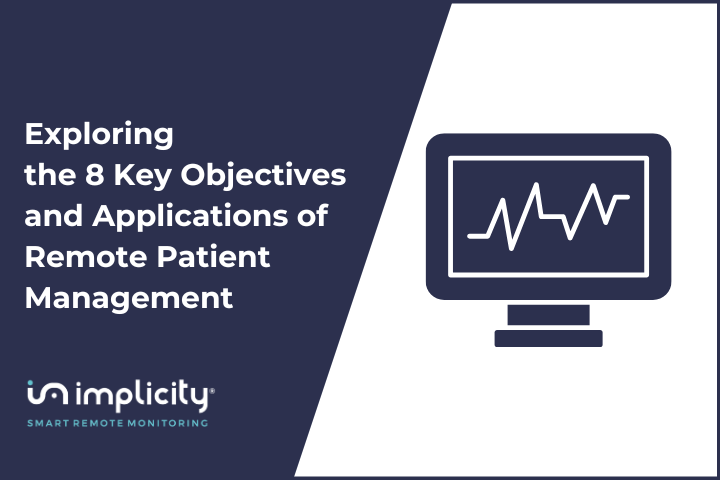Remote Patient Management (RPM) is more than just a technological innovation; it’s a game-changer in how we deliver cardiovascular care. The American College of Cardiology has highlighted eight critical objectives* that illustrate the transformative potential of RPM:
1. Increased Access to Care: RPM extends medical services to remote or underserved areas, ensuring that geographical barriers no longer impede quality healthcare.
2. Prolonged Monitoring: By monitoring patients over an extended period, RPM enhances diagnostic accuracy and sensitivity, enabling more informed clinical decisions.
3. Early Disorder Detection: RPM captures conditions that may go unnoticed during routine visits, such as arrhythmias or masked hypertension, offering a more comprehensive view of a patient’s health.
4. Early Intervention: RPM allows for the early detection of disease deterioration, enabling timely management strategies that can prevent major cardiovascular events like heart attacks or hospitalizations.
5. Lifestyle Improvements: Continuous monitoring through RPM supports treatment effectiveness, guiding adjustments that can significantly improve a patient’s lifestyle and overall well-being.
6. Reduced Side Effects: By closely monitoring treatment responses, RPM helps minimize side effects and complications, optimizing patient outcomes.
7. Enhanced Perioperative Outcomes: RPM improves outcomes around surgeries and procedures, ensuring safer discharges and reducing the risk of complications.
8. Screening High-Risk Populations: RPM is crucial for screening and identifying under-detected health conditions in high-risk populations, enabling proactive interventions.
As RPM continues to evolve, its integration into cardiology practice is not just a trend but a necessity. These objectives underscore the potential of RPM to revolutionize patient care, making it more proactive, personalized, and efficient.
*”Remote Patient Management Workbook,” 2024, Das et al.

